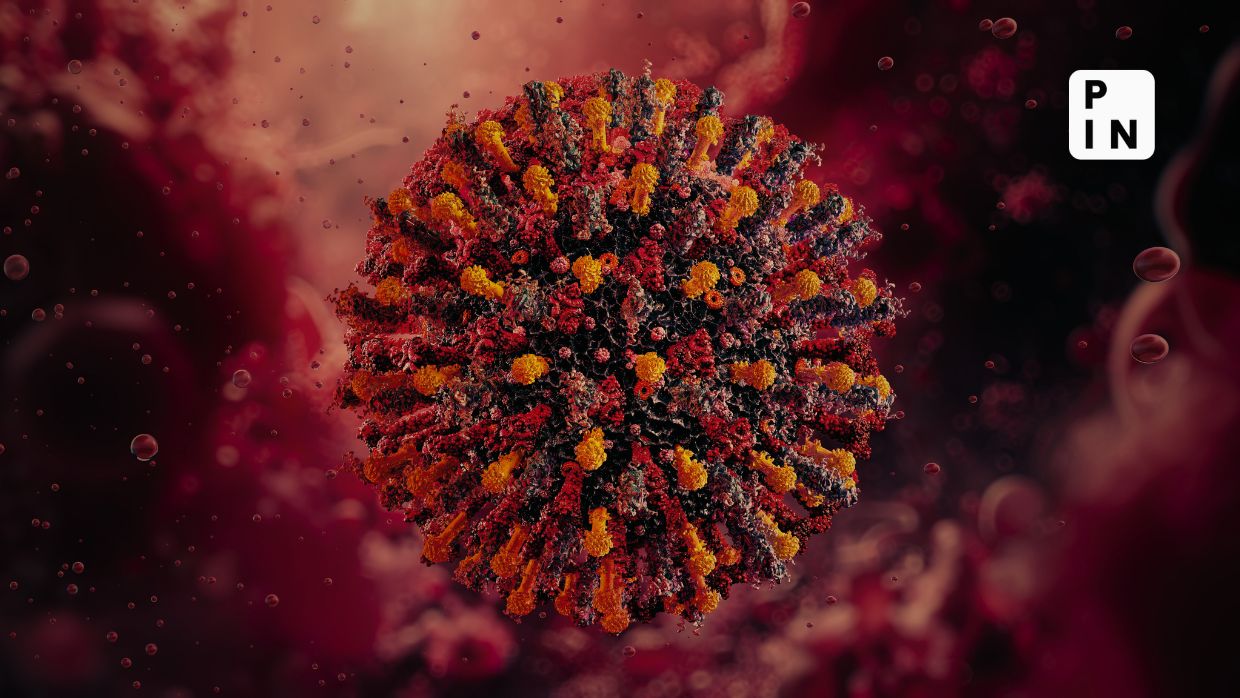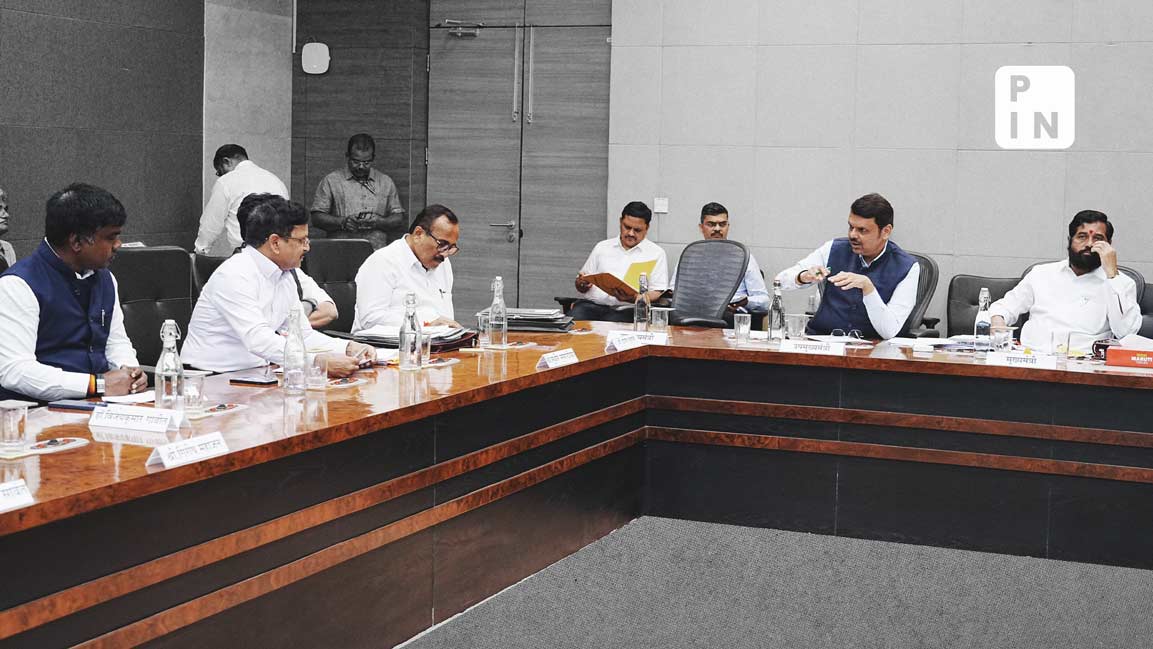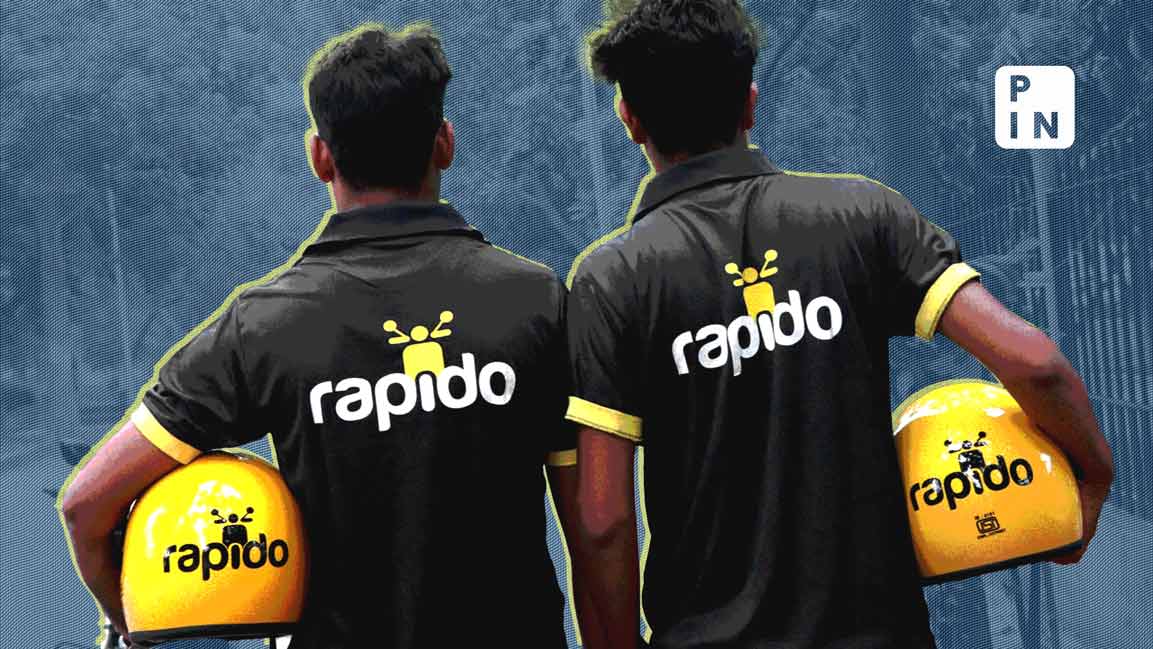- | 4:00 pm
Deadly Chandipura outbreak worst in two decades: WHO
The virus, which is transmitted by carriers such as sandflies, mosquitoes, and ticks, has caused a spike in acute encephalitis syndrome cases, the global health agency said

[Source photo: Shireen Khan/Press Insider]
The World Health Organization (WHO) has declared the current outbreak of the Chandipura virus (CHPV), named after the district in Maharashtra where it was first identified, as the most severe one in the past two decades.
The virus, which is transmitted by carriers, or vectors, such as sandflies, mosquitoes, and ticks, has also caused a spike in acute encephalitis syndrome (AES) cases, leading to a high mortality rate, said WHO.
Between early June and mid-August, India reported 245 AES cases, resulting in 82 deaths.
Of these, 64 cases have been confirmed as CHPV infections, out of which 61 have been reported in Gujarat and three have been reported in neighboring Rajasthan.
CHPV is endemic to India and has not been detected in other countries, WHO said, adding that while previous outbreaks have occurred every four to five years in Gujarat, this one has surpassed all previous records.
Of these, 64 cases have been confirmed as CHPV infections, out of which 61 have been reported in Gujarat and three have been reported in neighboring Rajasthan.
CHPV is endemic to India and has not been detected in other countries, WHO said, adding that while previous outbreaks have occurred every four to five years in Gujarat, this one has surpassed all previous records.
The virus poses a particular threat to children under 15, often leading to rapid symptom onset and high mortality rates within 48-72 hours.
However, there has been a decline in the number of new cases of AES since 19 July, WHO said.
The global health agency also emphasized the need for urgent measures to control the spread of the virus.
Vector control measures, including insecticidal spraying and fumigation, are being implemented to reduce the population of sandflies and other transmitting agents.
Public health campaigns are also underway to raise awareness about the virus and its prevention.
“Although there is no specific antiviral treatment and no approved vaccines, early access to care and supportive treatment can improve disease outcome,” said WHO.
It also recommended timely referral of suspected AES cases to designated healthcare facilities for diagnosis and appropriate management.
While authorities have been working to contain the outbreak, the ongoing monsoon season will create favorable conditions for vector populations, said WHO, increasing the risk of further transmission.
People in affected areas have also been advised to take precautions against mosquito and sandfly bites.
The outbreak has raised some concerns about the potential for international spread, although no human-to-human transmission has been reported so far.
However, there has been a decline in the number of new cases of AES since 19 July, WHO said.
The global health agency also emphasized the need for urgent measures to control the spread of the virus.
Vector control measures, including insecticidal spraying and fumigation, are being implemented to reduce the population of sandflies and other transmitting agents.
Public health campaigns are also underway to raise awareness about the virus and its prevention.
“Although there is no specific antiviral treatment and no approved vaccines, early access to care and supportive treatment can improve disease outcome,” said WHO.
It also recommended timely referral of suspected AES cases to designated healthcare facilities for diagnosis and appropriate management.
While authorities have been working to contain the outbreak, the ongoing monsoon season will create favorable conditions for vector populations, said WHO, increasing the risk of further transmission.
People in affected areas have also been advised to take precautions against mosquito and sandfly bites.
The outbreak has raised some concerns about the potential for international spread, although no human-to-human transmission has been reported so far.










